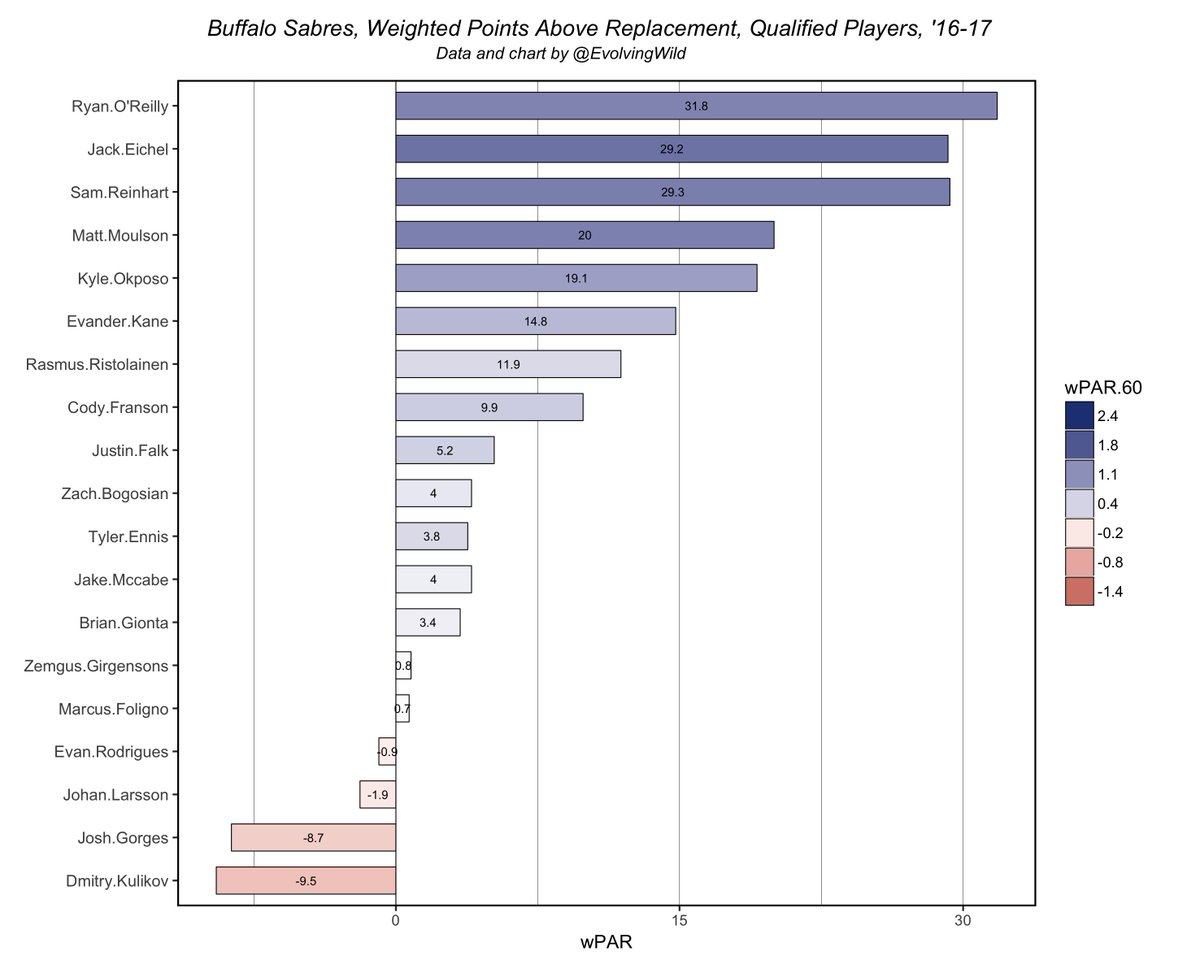garret9
AKA#VitoCorrelationi
I guess it's no use to keep arguing, as this is anyways a pretty much philosophical argument after all. I just am a person who values very much individualism and the differences, strengths and weaknesses that humans can have. All this creates intriguing "stories" and interaction in everything that humans do. Hockey is and even sports are in general are practically individualism used for collective causes in very exciting ways. I just don't see sports benefitting from getting too scientific and "robotized".
As I have said, I'm not really in general interested in advanced stats, but if you guys know if there are any stats about the quality of the shot attempts that NHL players have made for a couple of last seasons, that could be in fact pretty interesting stats for me too. I'm not sure of the predictive value that even those stats would have. But it would in my opinion show at least more about the skills for scoring that each players have.
You are a few years behind the times and ignoring an essential part of the conversation we've been having in this and the last thread then:
https://hockey-graphs.com/2015/10/0...predictor-of-future-scoring-than-corsi-goals/
I've mentioned xGoals (Expected Goals) many times in this and the Laine thread. xGoals is Corsi adjusted for shot quality factors.
XPM is the biggest part of GAR, the stat that brought up this whole debate in the Laine thread.
XPM is Expected Plus-Minus. It's xGoals but adjusted for usage factors (teammates, opponents, coaches, schedule, zone starts, and score effects).
When I gave the five articles on WAR/GAR and what goes into them, one of the articles was on the creation of XPM, which also links to the creation of xGoals.
I find it a bit frustrating that you are arguing against advance stats, yet do not even understand what these advance stats are and how they are used.
That said, even without shot quality factors, shot quantity (Corsi) still exceedingly out performs goals.
Last edited:


